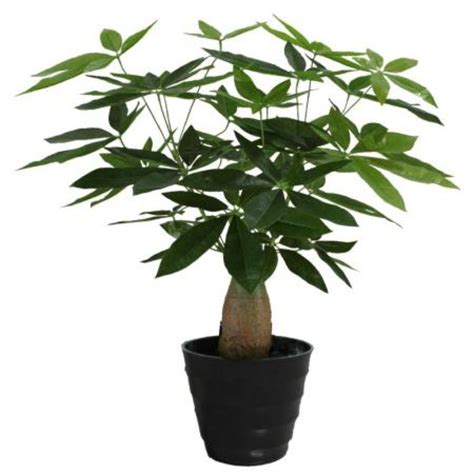Pachira Plant. Pachira aquatica money tree is one of them that has become very popular on the asian continent, especially in the chinese society. It is believed to bring money luck to the owner.

Inadequate watering, poor lighting, overfertilization, and exposure to direct sunlight are major causes of a dying money tree. The name comes from an old guyanese indian language and roughly means ‘sweet water nut’. Pachira aquatica is a commonly found houseplant called a money tree.
Common Pests Like Spider Mites, Mealybugs And Scales Attack It.
With its braided stems and leaves that grow in sets of 5, the pachira makes a great centre piece. The “pachira aquatica” is a popular evergreen foliage plant with promise of great fortune, financial prosperity and positive energy, according to both ancient asian folklore and masters in the art of feng shui. Pachira is an incredible indoor plant, with decisively modern appeal.
Despite Its Damp Native Habitat,.
If it gets too much water there is a risk of stem and root rot, and that the leaves turn yellow and fall off. The plant is also known as malabar chestnut or saba nut. The ornamental chestnut is a real indoor plant and arrayed properly it is a real gem.
This Plant Is Sensitive To Overwatering.
If spider mite webs are visible spray the plant daily to increase moistness in the air to deter them. Let’s take a closer look at this wonderful plant’s history, and learn how to get the most from this rare species. This plant will certainly generate plenty of.
Part Of The Malvaceae Family, It’s A Tropical Evergreen Tree, Native To Central And South America, Where It Can Reach 20M Tall And Produces Edible Nuts.
You need a good and sterilized pair of scissors or pruners to make a proper cutting on the money tree. Pachira aquatica money tree is one of them that has become very popular on the asian continent, especially in the chinese society. But why is your money tree dying?
Inadequate Watering, Poor Lighting, Overfertilization, And Exposure To Direct Sunlight Are Major Causes Of A Dying Money Tree.
The webs are almost invisible at first. Pachira is native to the tropical regions of central and south america down as far as northern brazil. The money tree is also.
